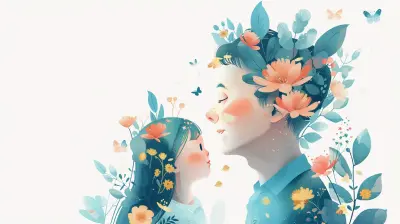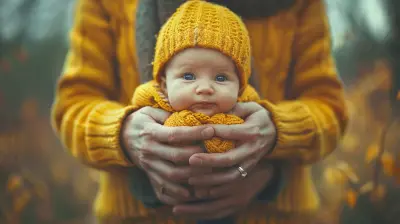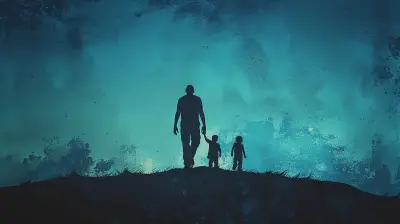Art Therapy for Kids: Expressing Emotions Through Creativity
13 August 2025
Have you ever watched your child completely immerse themselves in finger painting or carefully coloring outside the lines? There’s something magical about how kids express themselves when crayons or paintbrushes are involved. While most of us chalk it up as simple playtime, there’s actually so much more going on beneath the surface — especially when it comes to emotional growth. Welcome to the amazing world of art therapy for kids!
In this post, we’re going to dive into what art therapy really is, how it helps kids process their emotions, and how you (yes, YOU) can incorporate some of these techniques at home. So grab a cup of coffee, sit back, and let’s chat about how creativity can be a powerful tool in your child’s emotional toolbox.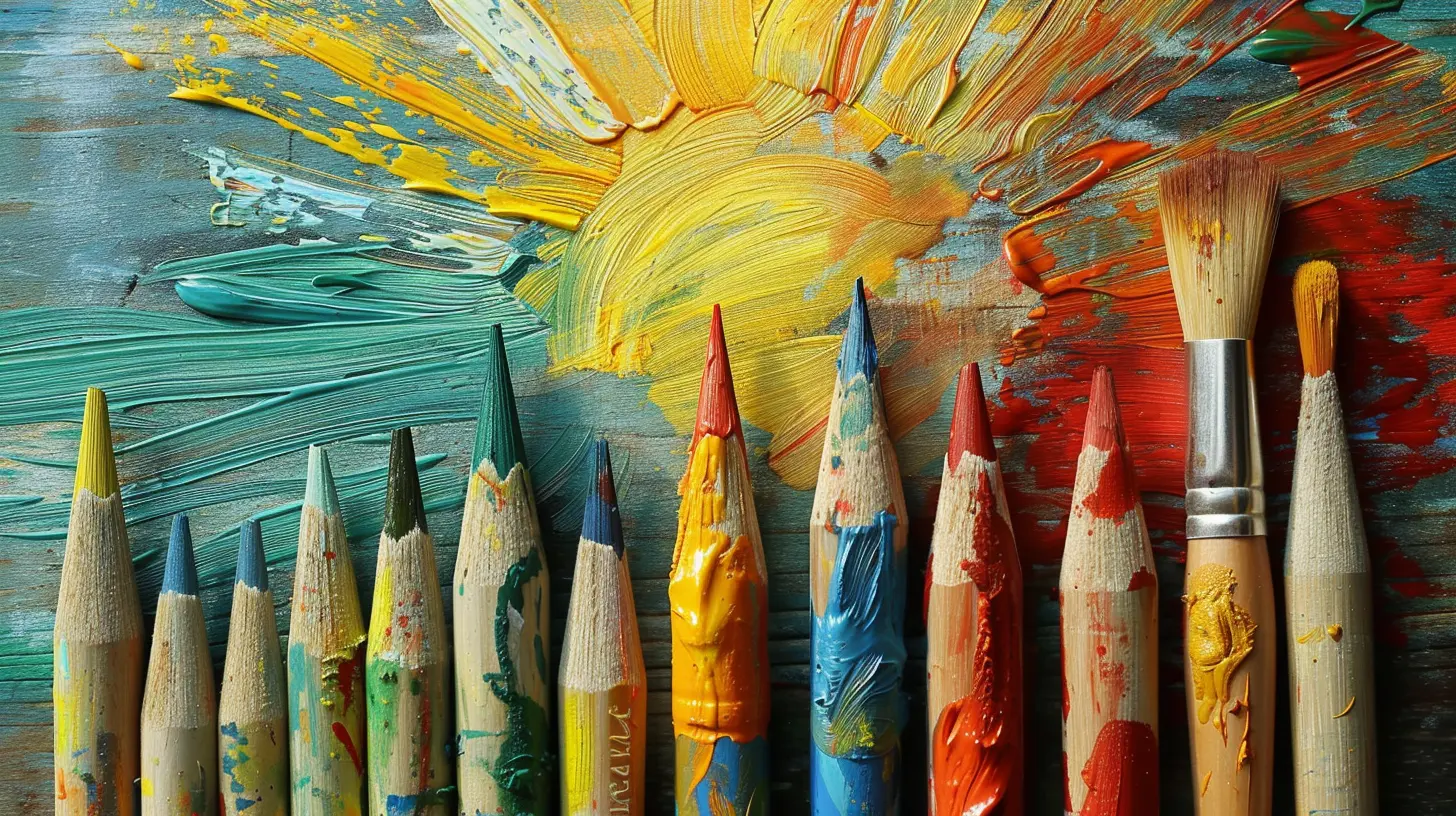
What is Art Therapy, Really?
Let’s start with the basics.Art therapy is a form of therapy that uses creative expression—like drawing, painting, sculpting, or even collage-making—to help kids communicate and understand their emotions. It's especially helpful for children who might struggle to put their feelings into words. Think of it as giving your child a voice, but through colors and textures instead of vocabulary.
And no, it doesn't have to be fancy! We're not talking about turning your child into Picasso. It's about the process, not the product.
Why Is Art Therapy So Effective for Kids?
Children naturally think in images before words. Long before they’re writing essays, they’re drawing smiley faces, suns with sunglasses, and maybe a few monsters under the bed. That’s their way of saying, “This is what I’m feeling.”So instead of asking your kid to “talk about their feelings” (any parent knows how tough that can be!), art gives them a safer, more enjoyable way to express what’s going on inside.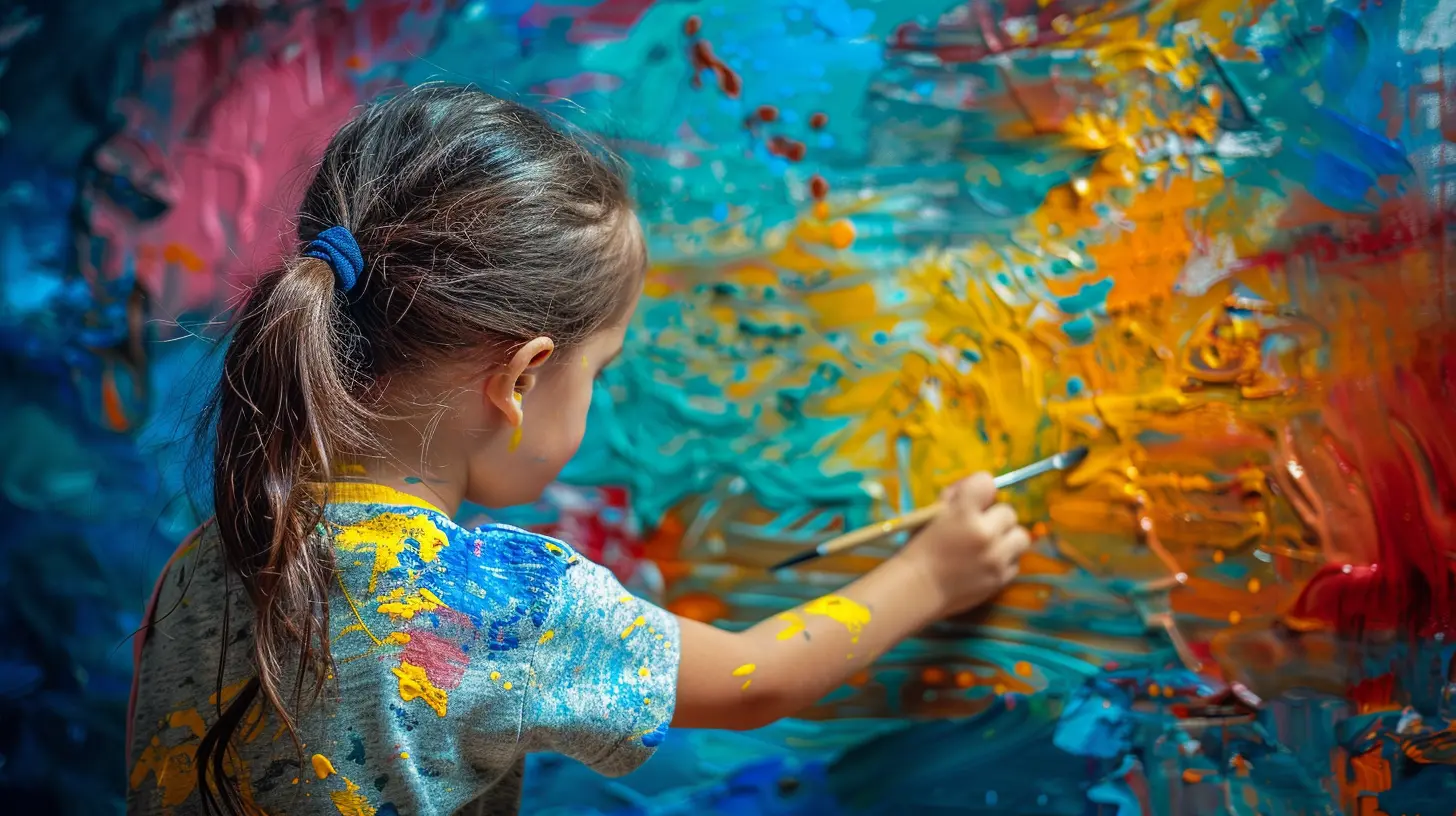
The Emotional Benefits of Art Therapy
Alright, let’s get into the heart of it. How exactly does art therapy help your child emotionally? Here’s a breakdown of the superpowers it brings to the table:1. Emotional Release and Regulation
Ever notice how a child in meltdown mode suddenly calms down when handed a coloring book? That’s no accident.Creating art can help kids release pent-up emotions in a safe, controlled way. Instead of bottling up sadness, anger, or anxiety, they can pour it onto the page with bold strokes or soft shading. Over time, this gives them a healthy coping mechanism for dealing with big feelings.
2. Building Self-Esteem
Kids feel proud when they look at something they made with their own two hands. Finishing an art project—even if it’s just a stick figure masterpiece—can boost their confidence big time.It says, “I made this. I’m capable. I matter.”
That’s a powerful message for any child, especially those who may struggle with self-worth.
3. Encouraging Communication
Some kids are naturally talkative. Others? Not so much. Art therapy helps bridge that gap.Through their creations, children can often express things they can't say out loud. That purple storm cloud they drew last week? It could be their way of showing they’re feeling overwhelmed. Once you understand their visual language, you can open up the lines of communication in a whole new way.
4. Processing Trauma and Grief
Let’s be real—kids go through tough stuff, too. Whether it’s a divorce, the loss of a loved one, bullying, or a big move, their little hearts can carry some heavy things.Art therapy gives them a chance to process these experiences gently, slowly, and safely. It allows them to confront difficult emotions without the pressure of face-to-face conversations.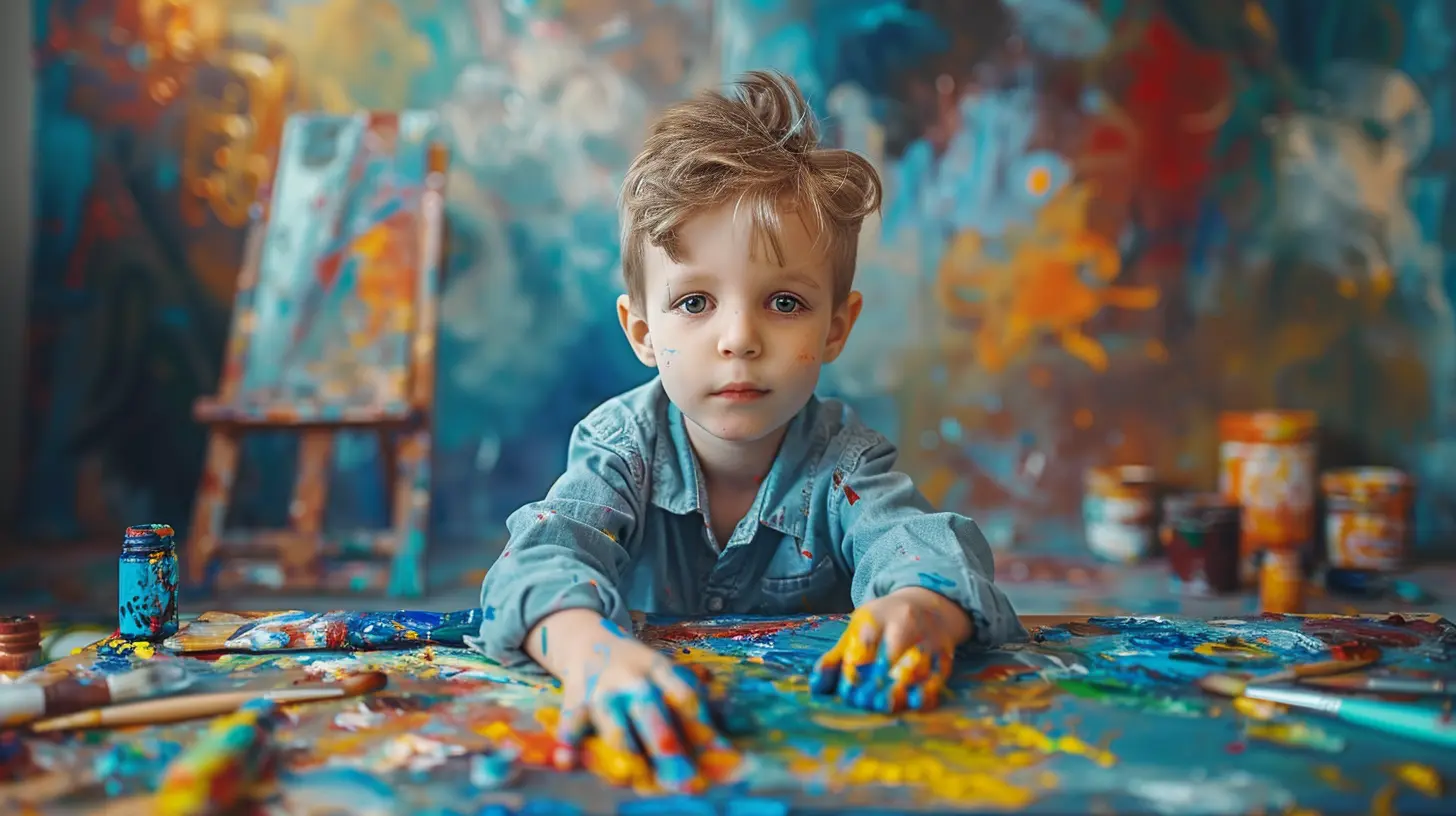
Signs Your Child Might Benefit From Art Therapy
Now, you might be wondering, "Would this actually help my kid?"Here are a few signs that your child could benefit from art therapy:
- Frequent mood swings or emotional outbursts
- Difficulty expressing thoughts and feelings
- Struggling with transitions or recent traumatic events
- Behavioral changes (acting withdrawn, aggressive, or anxious)
- Trouble with confidence or self-esteem
Of course, every child is different, and needing support doesn’t mean there’s something “wrong.” It just means they might need a different way to process the world—and that’s totally okay.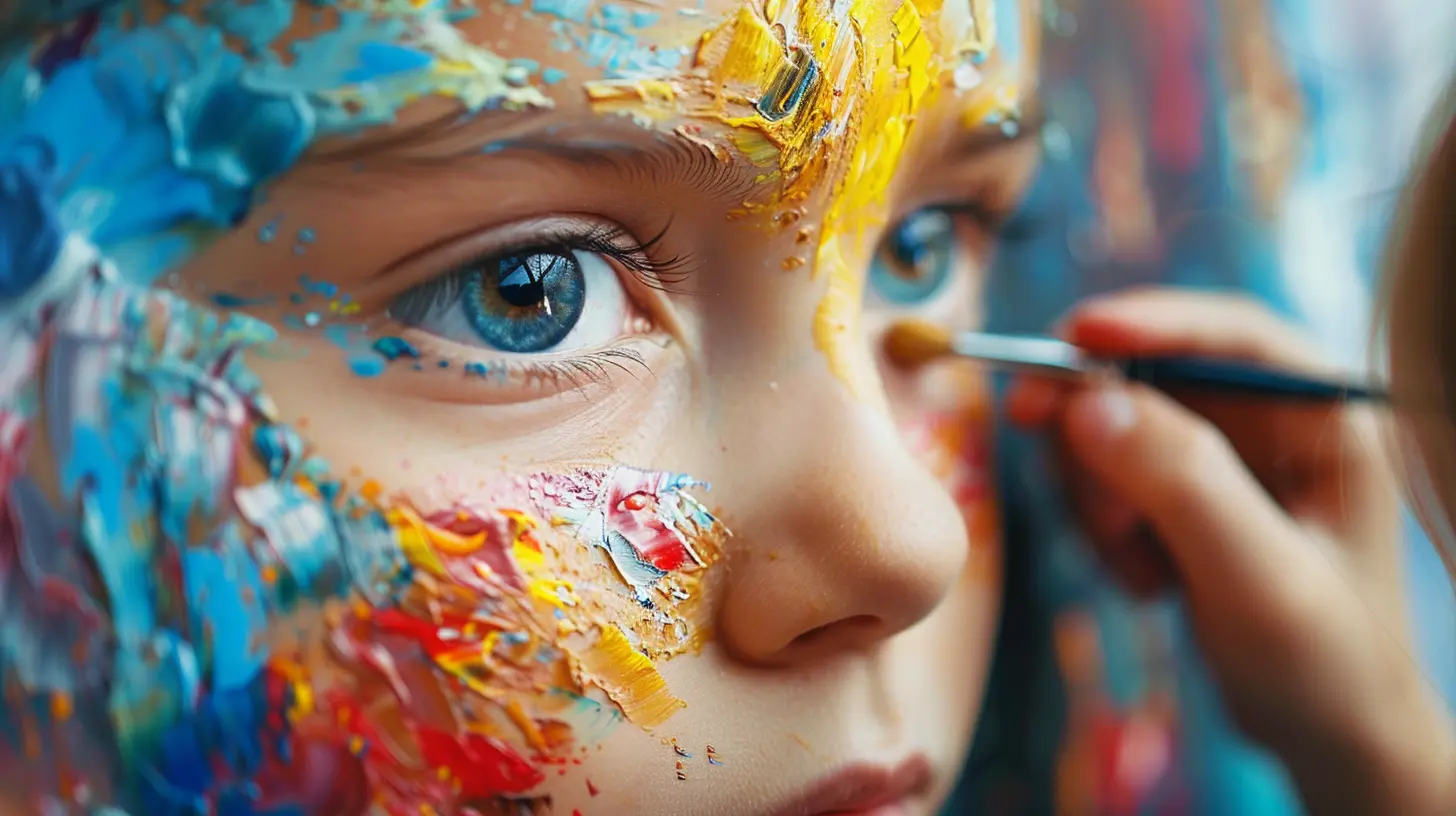
How a Typical Art Therapy Session Works
Curious about what actually happens in an art therapy session? Don’t worry—it’s not all serious and clinical.Think of it like a creative playdate with a purpose.
A licensed art therapist will start by talking (in a very kid-friendly way) to your child, maybe even playing games to break the ice. Then, your child gets to choose from a variety of art supplies—paint, clay, markers, etc. They're encouraged to create without judgment or criticism.
The therapist might ask open-ended questions like:
- "Tell me about your picture."
- "What were you thinking about while you made this?"
- "How does this color make you feel?"
And no, there’s no “right” way to do it. The goal isn’t to make a museum-worthy piece. It’s about tapping into the emotions behind the creation.
Bringing Art Therapy Home: Simple Activities for Parents
Good news—you don’t need to be a certified therapist to use some of these ideas with your kids! You can bring the benefits of art therapy right into your living room. Here are a few kid-approved activities to get you started:1. Feelings Collage
Grab some old magazines and let your child cut out images that match how they feel. Have them glue the pictures onto a poster board and talk about their choices.It’s a low-pressure way to start conversations about emotions.
2. Scribble Emotions
Give them a big sheet of paper and ask them to scribble how they’re feeling using different colors. Red for frustration, blue for sadness, yellow for happiness—you get the idea.Let them explain the chaos on the page once they're done.
3. Draw Your Day
Before bed, ask your child to draw one thing that happened during the day that made them feel something—happy, sad, angry, excited... whatever comes to mind.It’s a fun way to reflect and bond.
4. Art Journaling
Provide a blank notebook and a variety of supplies. Let them write, draw, or mix it up however they want. It's their private space to express themselves—no rules, no grades, no judgment.Tips for Supporting Your Child’s Emotional Growth Through Art
Still with me? Awesome. Let’s wrap up with a few golden tips to really make the most of art as a tool for emotional development.✔ Leave Perfection at the Door
Don’t comment on how “pretty” or “good” their art is. Instead, ask how it made them feel. Focus on the expression, not the aesthetic.✔ Be Present, Not Pushy
Sit with them while they create, but don’t guide their hand. Be a warm presence, not an art critic or instructor.✔ Create a Safe Space
Designate a little corner in your home with basic art supplies. Make it a judgment-free zone where they can unwind anytime.✔ Talk About It (But Only If They Want To)
Let them lead the conversation. If they feel like opening up about their drawings, great! If not, that’s okay too. Sometimes the act of creating is enough.When to Seek Professional Help
While home-based art activities are wonderful, there are times when professional help is necessary. If your child has experienced trauma, shows ongoing signs of emotional distress, or simply needs more structure, a licensed art therapist can be an invaluable ally.You can find one through your pediatrician, school counselor, or local mental health center. Just make sure they’re certified by a recognized association like the American Art Therapy Association (AATA).
Final Thoughts: More Than Just Doodles
At the end of the day, art therapy for kids is really about connection—connecting with their emotions, with others, and ultimately with themselves. It allows your child to explore their inner world in a way that honors their unique voice and process.So, the next time your little one picks up a crayon or splatters some paint on the table, take a moment to recognize the beautiful emotional journey they might be on. Paints and markers? They’re not just tools for art—they’re tools for healing, understanding, and growth.
And that’s something worth hanging on the fridge.
all images in this post were generated using AI tools
Category:
Encouraging CreativityAuthor:

Noah Sawyer
Discussion
rate this article
1 comments
Anika Summers
Art therapy? More like an excuse for kids to unleash their inner Picasso while parents sip coffee in peace. Creativity and chaos—two things we can totally get behind!
August 23, 2025 at 4:57 AM

Noah Sawyer
While it’s true that art therapy provides a creative outlet, it also plays a vital role in helping kids process emotions and develop coping skills. It's more than just fun—it's healing!
